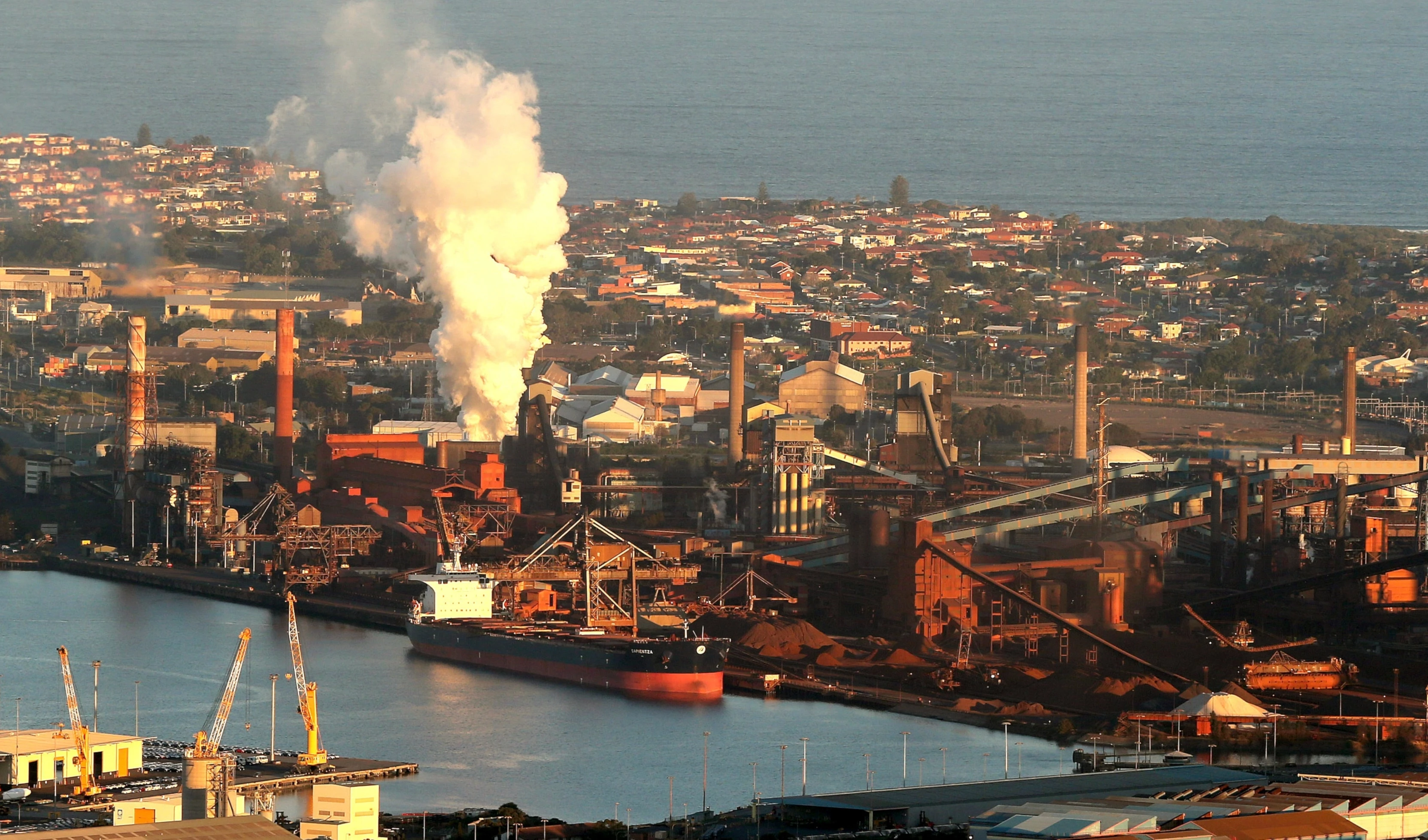Atlantic Ocean current collapse no longer unlikely, new study warns
A new study finds that the collapse of the Atlantic Ocean’s critical current system, known as Amoc, is no longer a low-risk event.
-

Waves from the Atlantic Ocean break on a sacred grotto on January 30, 2025. (AP Photo/Annika Hammerschlag)
A new study has found that the potential collapse of the Atlantic meridional overturning circulation (AMOC), a critical component of the Atlantic Ocean’s climate system, can no longer be considered a low-probability event.
This significant development amplifies the urgency of drastically cutting global carbon emissions to prevent severe global environmental consequences.
AMOC carries warm tropical waters northward toward Europe and the Arctic, where it cools and sinks, driving a deep return current south. Already at its weakest point in 1,600 years due to climate change, AMOC’s deterioration could bring widespread disruptions to the global environment.
Earlier models suggested that a total collapse of AMOC before 2100 was unlikely. However, the new analysis, which extended projections to 2300 and 2500, shows the tipping point may be reached within the next 10 to 20 years, making a full collapse inevitable 50 to 100 years afterward.
The study used climate models from the Intergovernmental Panel on Climate Change (IPCC) and found that in scenarios with continued carbon emissions growth, 70% of models predicted a collapse. Under intermediate emissions, 37% led to collapse, while even low-emissions scenarios saw a 25% risk.
"These numbers are not very certain, but we are talking about a matter of risk assessment where even a 10% chance of an AMOC collapse would be far too high," said Professor Stefan Rahmstorf from the Potsdam Institute for Climate Impact Research to The Guardian. "That is quite a shocking finding as well and why we have to act really fast in cutting down emissions."
Read more: Antarctic Ocean current could slow by 20%, worsening climate impacts
The consequences of a shutdown would be dramatic. It would likely shift tropical rainfall belts vital for agriculture, plunge western Europe into frigid winters and parched summers, and raise sea levels by up to 50 centimeters. These effects would ripple across ecosystems, food security, and economic stability.
Professor Sybren Drijfhout of the Royal Netherlands Meteorological Institute noted to The Guardian that observable changes in the North Atlantic already align with model projections. "Even in some intermediate and low-emission scenarios, the AMOC slows drastically by 2100 and completely shuts off thereafter," he said.
AMOC collapse risk higher than anticipated
The research team emphasized that the models used likely underestimated the collapse risk, as they didn’t account for the accelerating meltwater from the Greenland ice sheet. This influx of freshwater dilutes salinity in the Atlantic Ocean, weakening the sinking of cold water and disrupting the feedback loop that sustains AMOC.
Dr. Aixue Hu of the Global Climate Dynamics Laboratory, while not involved in the study, stressed the need for more observations. “It is still very uncertain when AMOC collapse will happen or when the AMOC tipping point is going to be crossed,” he said.
Meanwhile, Dr. Jonathan Baker of the Met Office Hadley Centre, whose earlier research suggested AMOC’s collapse was unlikely this century, acknowledged that "the ocean is already changing, and projected shifts in North Atlantic convection are a real concern."
The findings underscore the immediate need for aggressive climate action. Though the exact timing remains uncertain, the rising probability of an AMOC collapse, even under low emissions scenarios, signals a critical turning point in the global climate crisis.
"The future of the Atlantic circulation is still in our hands," Dr. Baker concluded. Yet, the time to act is narrowing.
Read more: Glacier melt due to climate change could erase 40% globally

 4 Min Read
4 Min Read










